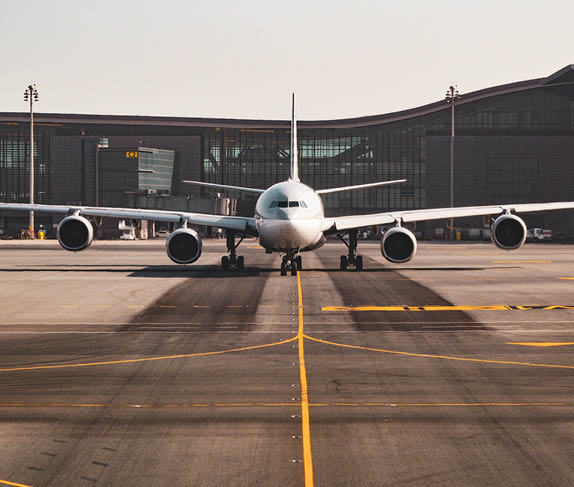The transport sector is looking to Asia Pacific as the key market for investment over the next five years, according to the seventh The way ahead Transport survey from global law firm Norton Rose Fulbright. China and India are the most popular jurisdictions for investment, followed by the US, with growth through consolidation viewed as the best investment opportunity currently. While confidence among respondents from the aviation industry is high, owing to lower oil prices, the availability of funding and the impact of infrastructure improvements.
Over half (52%) of all respondents to the Norton Rose Fulbright survey agree that a global recession poses the greatest threat to their industry. However, despite political uncertainty, most agree that the transport sector can expect to enjoy further growth over the next five years. Rising passenger numbers and freight volumes are anticipated (by 73%) and an increase in the number of routes and services is expected (52%).
Investment in technology is expected to rise, according to 67%, with low carbon technology and predictive analytics expected to represent the most significant driver of change in the transport sector over the next five years.
Infrastructure remains a key theme for the sector. After consolidation, infrastructure improvements are viewed as the best investment opportunity currently (by 19%), and infrastructure investment is seen as the most helpful form of government support (by 25%). For the aviation, rail and road industries, inadequate infrastructure is seen as the greatest challenge to the operational efficiency of their industries.
Bank debt, capital markets and private equity will represent transport businesses’ main sources of funding over the next two years, and 74% of respondents expect the availability of funds to stay the same, or even increase, over the next five years.
The majority (77%) of respondents from the aviation industry report that market conditions for their industry are positive, compared with 88% in 2015. Continuing optimism is largely attributed to lower oil prices. Of the respondents who view current conditions as positive, 46% cite the oil price, up from 18% who highlighted lower fuel and oil prices in 2015.
While lower oil prices are assisting the aviation industry, 23% expect fuel prices to remain at their current levels over the next five years and a mere 4% believe fuel costs will fall further. Despite the likely impact of higher fuel costs on profitability, 67% anticipate fares and freight costs will remain unchanged or will decrease over this period. Respondents appear more confident that growth in demand will continue and 83% anticipate higher passenger numbers and 79% an increase in the number of routes and services offered.
However, aviation respondents are mindful of a change in the health of the economy and 38% believe the greatest threat to the aviation industry over the next five years is a global recession, followed by 31% who highlight an increase in terrorism.
Almost half of respondents (48%) expect the availability of funding to remain unchanged, while 33% believe funding will become increasingly available. The capital markets are expected to provide the industry’s main source of funding over the next two years, together with operating leases, which free up capital, both selected by 25%, followed closely by bank debt, cited by 23%.
Half of respondents expect investment in technology to increase over the next five years, with fuel-efficient engine technology expected to be the most significant driver of change (by 52%), again underlining the importance of fuel costs to the industry.
Asia Pacific is viewed as the region offering the best investment opportunities over the next two to five years (44%), followed by North America (17%). By country, China (22%) is the most popular market for investment, followed by the US (19%) and India (15%).
Nearly a third (28%) believe that a merger or acquisition offers the best investment opportunity currently, (compared with 5% in 2015), while the proportion of respondents who favour less formal co-operation via joint ventures, alliances and pools has fallen (by 11%, down from 28%) in the past year. Consolidation is expected to form the most important part of aviation businesses’ strategies over the next 12 months, via M&A (by 23%), or via joint ventures, alliances and pools (15%). A further 19% believe that reallocating existing capacity from stagnant to growth sectors and clients will be key.
Investment in infrastructure improvements appears to be an increasingly attractive investment opportunity, by 21%, compared with 13% in 2015. To reinforce the importance of infrastructure investment, 27% say that inadequate infrastructure is the greatest challenge to the operational efficiency of the aviation industry.
Deregulation is viewed as the most helpful form of government support (by 42%), closely followed by infrastructure investment (by 40%). A need for greater global co-operation to tackle terrorism is also highlighted (27%).
Respondents are divided about what type of regulation has had the greatest impact on aviation over the past decade, citing fragmented global regulation (28%), the regulation of competition and barriers to entry (28%) and, to a lesser extent, trade and financial sanctions (15%) and increased environmental regulation (13%).

